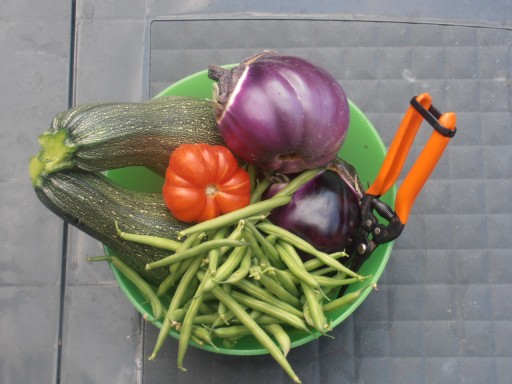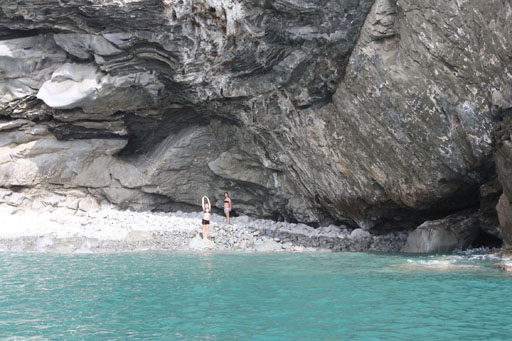As I was getting into the car today, my youngest daughter looked up at me and said in her still undeveloped manner, “Why rain?” I looked up at the sky and saw blue. There were no drops on the ground. But she was right, it sounded like rain. And so I explained to her, “It’s not rain, it’s the wind in the canebrakes.”
Those of you who don’t live in Liguria may not have had the experience of living near cane stands, though they are certainly prominent enough in other parts of the world too for you to have heard them. Here as in much of the Mediterranean, they are everywhere, happily shooting up anywhere in the proximity of a water source. They are the Arundo Donax, the Giant Cane, a grass so prolific that it can grow as much as 4 inches in a single day.
It’s a wonderfully useful plant, and here in Levanto it gets used widely in agriculture, serving mostly as stakes for tomatoes, runners for green beans, and poles for holding up your nets on the olive groves. And though perhaps not quite as aesthetically appealing as its cousin Bamboo, it is nevertheless a rather seductive plant, becoming hard and yellow and smooth as it dries after being harvested.
But the most magical part about it is its sound. On a quite afternoon or a silent night (of which there are many here in the hills) when the wind is blowing hard enough but not too hard, the leaves in the canebrake rattle and rub against each other in an unmistakable sound: the sound of rain. Nature imitating nature. Air, plant, and water all mystically rolled up in one.




